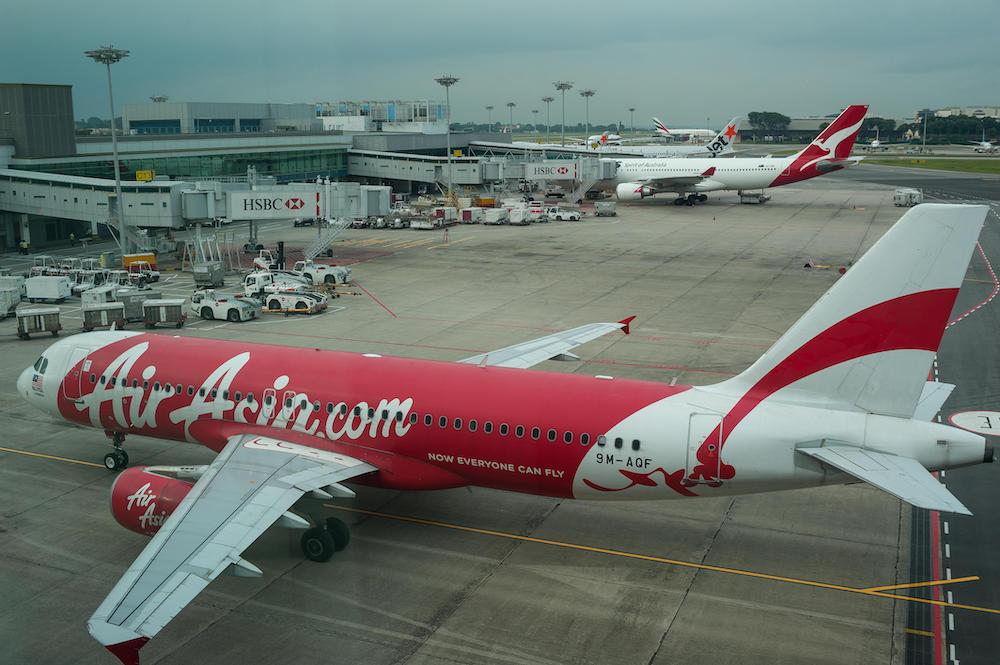Planning, Investment Key For MRO Capacity Expansion In Asia-Pacific

The latest industry forecasts suggest operators in Asia will generate the largest share of MRO demand in the near future, contributing slightly more than a third of global demand. Aviation Week’s latest Commercial Fleet and MRO Forecast predicts MRO spending in the region will grow from $36 billion in 2024 to $48 billion in 2033, equivalent to a 1.5% CAGR.
Markus Yee, managing director for Asia-Pacific at Kellstrom Aerospace, tells Aviation Week the region has several strong players in the MRO industry and the capacity to meet expected MRO, although workloads can vary by country and subregion.
“The industry's ability to handle the anticipated demand will depend on proactive planning, investment in infrastructure and workforce development, technological integration and effective collaboration between stakeholders,” says Yee.
According to the Aviation Week data, Asia-Pacific will be the largest source of MRO demand in 2024, representing 33% of global MRO demand. Yee says accurate forecasting of future MRO demand will be essential to adequately prepare for capacity expansion or adjustments.
“The availability of spare parts and components, along with a robust supply chain, is essential to support efficient and timely repairs. MRO providers in Asia have been making plans for post-pandemic and we are already seeing plans being put into action by some MRO providers in terms of facility, capability and workforce expansion,” Yee adds.
Aircraft OEMs are ramping up production to keep up with demand and Asian operators are expected to take delivery of a significant chunk of new fleet arrivals. Increased aircraft production and delivery will usually translate to higher demand for aviation components and spare parts.
“Component manufacturers and suppliers like Kellstrom Aerospace could benefit from rising initial provisioning orders and potential aftermarket sales, aligning with Kellstrom's expertise in providing factory new and used parts,” says Yee. “As the fleet grows, there will be a need for ongoing maintenance, repairs and replacements, so suppliers can tap into the aftermarket by offering spare parts and replacement components.”
OEMs are also likely to seek reliable suppliers to meet the rising demand, and by becoming an approved supplier for OEMs this might open doors to new markets and partnerships. “By aligning our offerings with the evolving needs of OEMs and operators in the Asian aviation market, Kellstrom Aerospace is positioning itself for growth and success in the expanding industry landscape,” says Yee.
Industry observers suggest tighter used serviceable material availability due to low retirements is driving an increase in material costs from new part purchases. Yee acknowledges that supply chain disruptions and increased demand have led to higher prices for aviation components and spare parts. He says MRO providers are faced with sourcing components at elevated costs, which can significantly impact their operational expenses.
Meanwhile, Joshua Ng, director at Alton Aviation Consultancy’s Singapore office, says an additional contributor to MRO growth generally is the modifications sector, which continues to grow faster than the overall rate of the industry. “Airlines are seeking to optimize their aircraft configurations to improve profitability, which means implementing cabin modifications more frequently as they compete on product quality,” says Ng.





